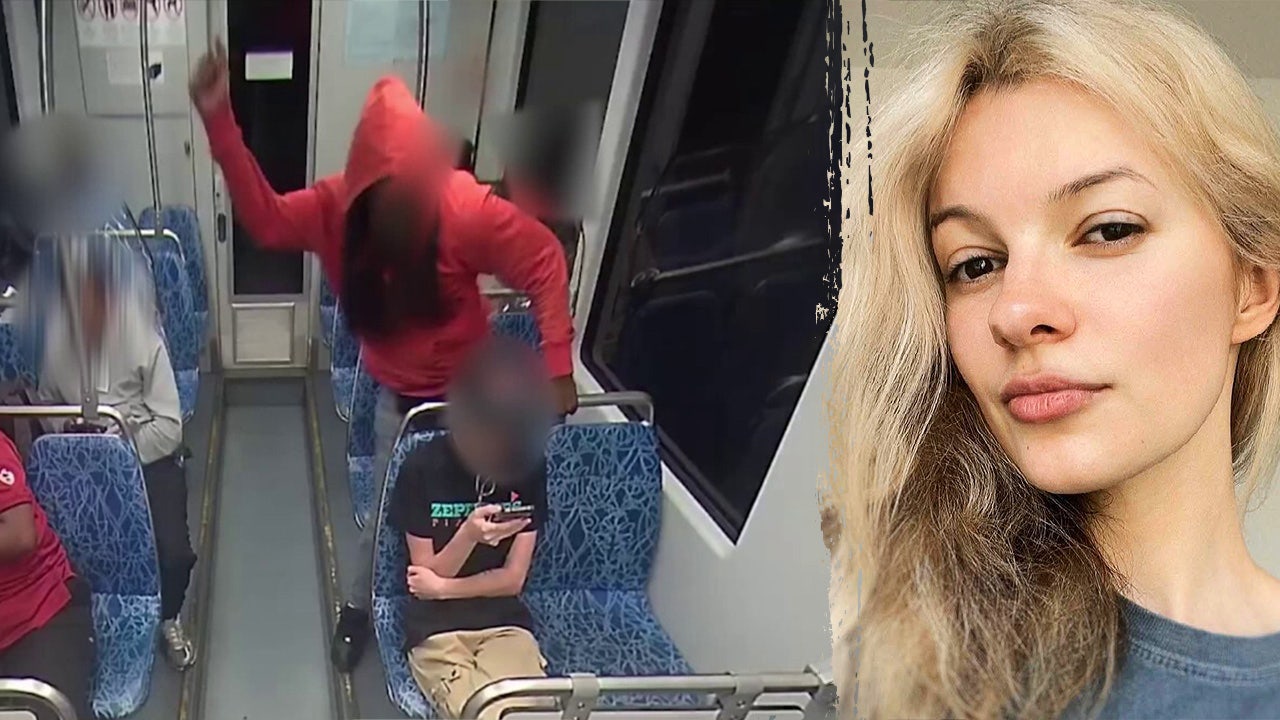Supreme Court weighs challenge to Louisiana voter map, with potentially widespread ramifications

The Supreme Court heard arguments on Monday regarding whether Louisiana lawmakers can consider race when drawing congressional maps, a case that could have significant implications for voters across the country in the 2026 midterms. The central issue at stake is whether the state’s congressional map, which has been revised twice since the 2020 census, constitutes an illegal racial gerrymander. The map has faced legal challenges on two fronts – initially for diluting minority voting power under the 1965 Voting Rights Act, and more recently for potentially violating the Equal Protection Clause of the 14th and 15th Amendments of the U.S. Constitution.
The high court, which agreed to take up the case last fall, is expected to deliver its decision by late June. During oral arguments, the justices scrutinized whether Louisiana’s redistricting efforts were sufficiently tailored to meet constitutional requirements, and whether race was utilized in a manner that violates the law as plaintiffs have argued.
Louisiana Solicitor General Benjamin Aguiñaga defended the state’s latest map during arguments, emphasizing the need to ensure political stability and protect key leadership positions like the speaker of the house and house majority leader. He explained, “We drew our own map to protect them in light of the fact that a federal court-drawn map could jeopardize these positions in an election year.”
The state’s congressional map has been under scrutiny since the 2020 census revealed that Black residents comprised one-third of Louisiana’s total population. The initial redistricting map, which only featured one district where Black voters held a majority, was invalidated by federal courts in 2022. The courts sided with the Louisiana State Conference of the NAACP and other plaintiffs, who contended that the map violated the Voting Rights Act by diluting the voting power of Black voters in the state.
Following the court’s ruling, lawmakers were tasked with creating a new redistricting map, S.B. 8, which was passed in January 2024. This map included the establishment of a second majority-Black voting district in the state. However, S.B. 8 faced immediate legal challenges from non-Black plaintiffs who argued that the state had excessively relied on race to draw the maps, creating a convoluted district stretching 250 miles across Louisiana.
Louisiana officials have argued that non-Black voters failed to demonstrate direct harm required for Equal Protection claims or prove that race was the primary factor in redrawing the map. They have also expressed frustration over the ambiguity surrounding the law that pits the Voting Rights Act against equal protections, calling for the Supreme Court to provide clarity on the matter to avoid the continuous need for map revisions.
The Supreme Court’s decision in this case could have far-reaching implications for future redistricting efforts across the country. As the court deliberates on this complex issue, the outcome will shape the electoral landscape for the 2026 midterms and beyond.




